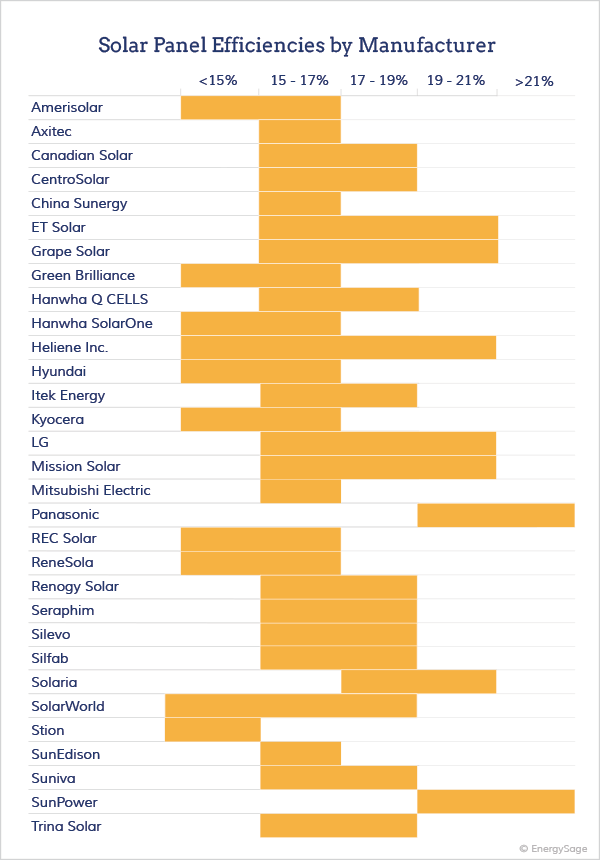AZ Desert Driver
Rare combination
Wow - a little done, a whole lot more to go. Glad to see them start - had to happen sometime!!
One could ponder - use today's panel efficiency (25%) or next years (26%) or next decades (50%???). When do you pull the trigger on today's vs future efficiency and cost?
One could ponder - use today's panel efficiency (25%) or next years (26%) or next decades (50%???). When do you pull the trigger on today's vs future efficiency and cost?



